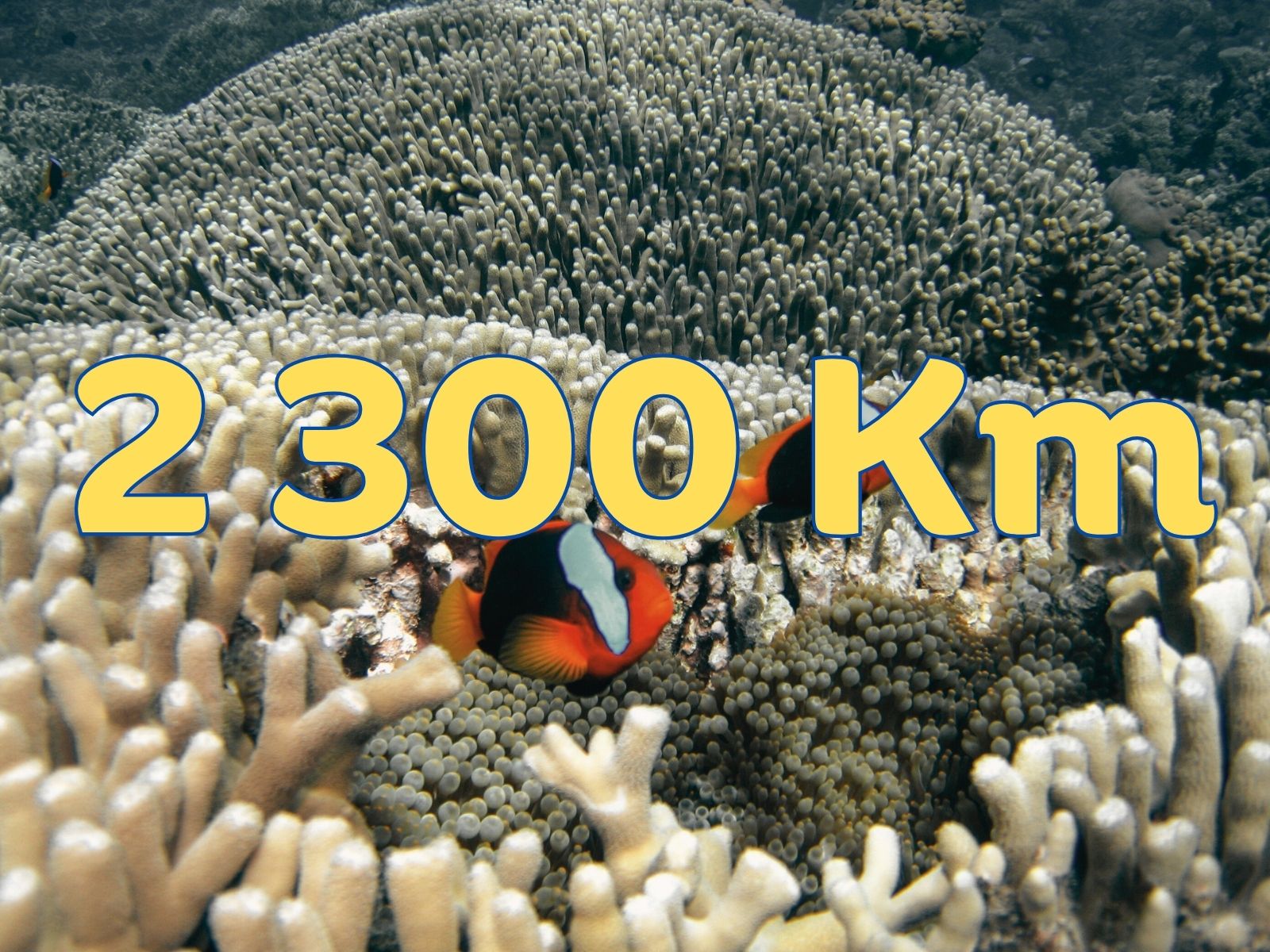Australia’s Great Barrier Reef is not only an iconic natural wonder but also the largest coral reef system on the planet. Spanning over 2,300 kilometers (1,400 miles) along the northeastern coastline of Australia, it is a breathtaking ecosystem teeming with marine life and vibrant coral formations. However, behind its stunning beauty lies a tale of environmental challenges and an uncertain future. In this article, we delve into the awe-inspiring numbers and explore the current threats faced by the Great Barrier Reef.
1. Unparalleled Biodiversity: A Haven for Marine Life
The Great Barrier Reef is home to an astounding array of marine species, boasting over 1,500 fish species, 600 types of coral, and more than 30 species of whales and dolphins. Its unparalleled biodiversity is a testament to the reef’s significance as a global marine sanctuary. Approximately 3,000 individual reef systems and coral cays make up this underwater wonderland, providing crucial habitats for countless organisms.
2. Massive Scale: A Natural Wonder Visible from Space
Stretching an impressive 348,000 square kilometers (134,000 square miles), the Great Barrier Reef is so vast that it can be observed from outer space. Its immense scale is equivalent to the combined area of around 70 million football fields! This natural marvel captivates not only those who explore its depths but also those who witness its grandeur from above.
3. Economic Value: A Lucrative Tourism Industry
The Great Barrier Reef is not only a natural wonder but also a significant economic asset for Australia. It generates billions of dollars annually through tourism, supporting local communities and businesses. With more than two million visitors each year, the reef offers diverse activities such as snorkeling, diving, and boat tours, providing an unforgettable experience for nature enthusiasts and adventurers alike.
4. Climate Change Impact: A Threat to Coral Survival
Despite its resilience, the Great Barrier Reef faces numerous challenges, with climate change being one of the most critical. Rising sea temperatures and ocean acidification pose a significant threat to the reef’s delicate balance. In recent decades, the reef has experienced severe coral bleaching events, causing widespread coral death and devastating its vibrant colors. Scientists estimate that approximately 50% of the coral cover has been lost over the past three decades.
5. Conservation Efforts: Protecting a National Treasure
Recognizing the urgency to safeguard this invaluable natural treasure, Australia has implemented various conservation initiatives. Efforts include water quality improvement, reducing pollution runoff, and implementing stricter regulations on fishing and boating activities within the reef’s boundaries. International collaborations and research programs are also vital in understanding and mitigating the threats faced by the reef.
The Great Barrier Reef stands as a testament to the remarkable beauty and fragility of our natural world. Its enormous scale, breathtaking biodiversity, and economic significance highlight its global importance. However, with climate change looming as a grave threat, concerted efforts are needed to protect and preserve this fragile ecosystem. By raising awareness, implementing sustainable practices, and taking decisive action, we can strive to secure the future of this world wonder for generations to come.
Remember, when it comes to the Great Barrier Reef, the numbers are not just statistics but a call to action for its survival.

